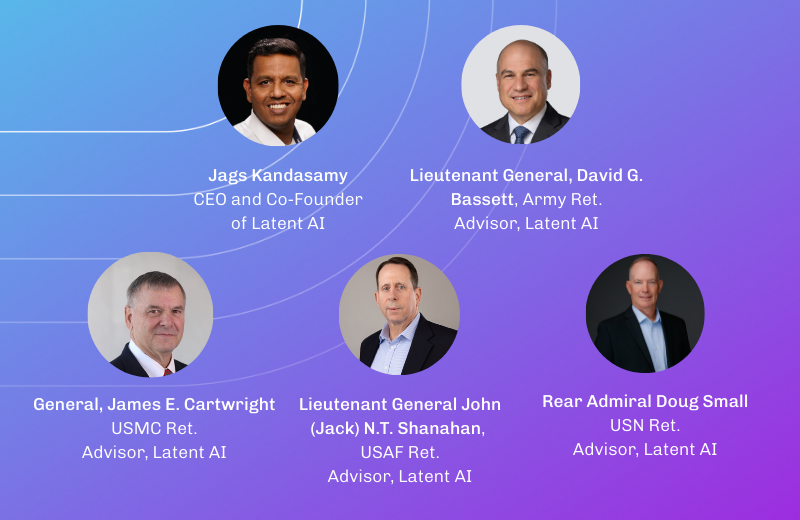From 90% failure to flawless deployment: Latent Agent’s smart MLOps automation
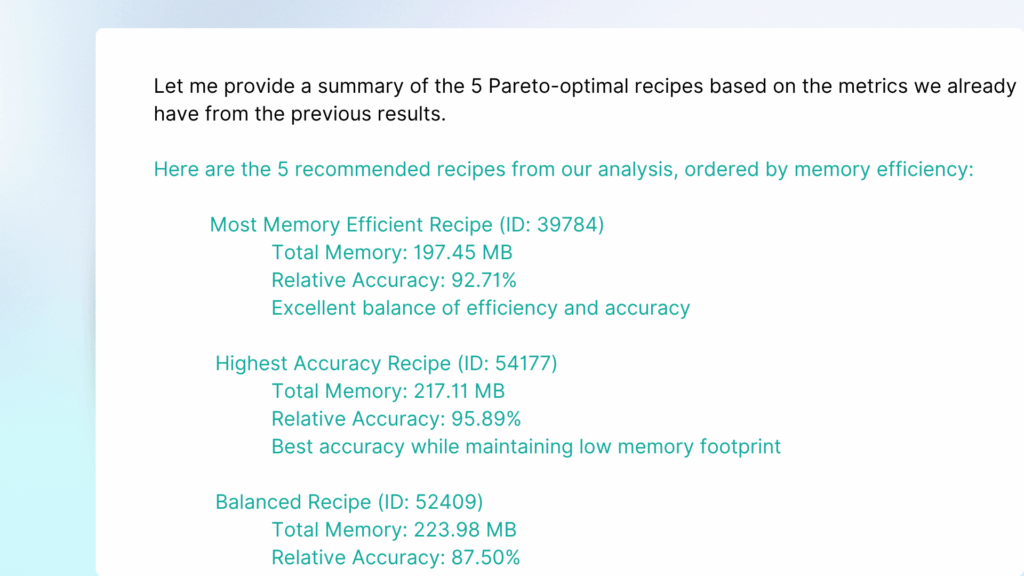
The edge AI community faces a persistent challenge: despite high hopes, 85-90% of models never reach production. A key reason is that models are often built without accounting for the target hardware’s constraints, leading to performance bottlenecks and deployment failures. Current platforms, such as LiteRT and ONNX Runtime, offer limited hardware-aware optimizations, leaving teams without deep edge expertise to struggle with aligning models across diverse devices. As the AI industry shifts toward edge processing to address cost, power, and scalability issues of centralized cloud systems, the lack of robust tooling threatens to slow progress and make the transition painful for developers. Better solutions that provide MLOps automation are urgently needed to unlock the potential of edge AI.
Latent AI is bridging the gap between cutting-edge models and resource-constrained devices by developing capabilities that automate the rapid optimization of machine learning (ML) models, eliminating the need for hardware expertise. These capabilities lean on a deep database of benchmarked data-model-hardware combinations curated to fine-tune edge AI development.
The latest product offering, Latent Agent, is an agentic workflow that can automate the complex aspects of edge AI development and deployment. By streamlining development and deployment, Latent Agent significantly cuts time to market. The specialized expertise provided through an AI agent sidesteps the steep learning curve and the complexity of developing AI, which often requires customization for accuracy, speed, power, and other constraints in edge deployments. As a result of Latent Agent’s MLOps automation, developers can radically cut edge AI development time.
The power of specialized agentic workflows
Latent Agent’s natural language interface, powered by a specialized database of model-hardware telemetry, guides developers through edge AI development by addressing specific requirements for model selection, optimization, and deployment. Unlike generic LLM-powered chatbots, which offer shallow, biased responses unsuitable for complex MLOps tasks, Latent Agent leverages curated hardware-aware insights to explore design tradeoffs and deliver deployable, maintainable AI solutions. This targeted approach ensures developers avoid the pitfalls of generic “vibe coding” tools, achieving optimal data-model-hardware configurations for efficient edge deployments.
How Latent Agent harnesses model-hardware telemetry
Latent Agent is backed by 12 TB of model telemetry and over 200,000 hours of edge compute. This data comprises over 1,000 benchmarked data-model-hardware combinations curated to fine-tune edge AI development. This massive database enables Latent Agent to respond intelligently to developer prompts based on operational data. That means that Latent Agent’s responses are more comprehensive, with awareness of the end goals of edge AI deployment. Latent Agent will even reason over your data to determine the best path through the MLOps pipeline, adapting each step to your unique needs.
Latent Agent’s knowledge database is derived from the training, optimization, and evaluation of models for a diverse set of hardware targets, ranging from high-performance system-on-chip devices to low-power microcontrollers. Each datapoint is a recipe, comprising a set of instructions that define every operation of a machine learning workflow. These settings include training hyperparameters, compression algorithms, and compiler settings, among others, and are curated to ensure the MLOps process is reproducible. For each recipe datapoint, we measure and store the operational results for algorithm accuracy, memory consumption, inference time, file size, and power. We curate the database along various system requirements that guide the MLOps workflow:
- Hardware: Various hardware targets from CPU, GPU, and NPU, with nuances on specialized hardware accelerators that power the AI processing.
- Model architecture: Model architecture families like MobileNet, ResNet, and YOLO. For example, in the computer vision category, there are models for classification, object detection, and scene segmentation. Each model architecture may have variants, e.g., for large, medium, and small variants of YOLO.
- Training data: Representative dataset from texture analysis, object detection, and scene understanding that serves as a proxy for the developer’s custom dataset.
Latent AI is known for its pioneering approach to optimizing and securing edge AI runtimes. Our patent-pending MLOps automation methods streamline the process of collecting the knowledge base for Latent Agent. With our on-premises hardware device lab, we conduct experiments to optimize model recipes, sparing developers from having to repeat the same tasks. Latent Agent guides developers through model selection, training, optimization, and application development. They are also guided through debugging and deployment stages, without sacrificing quality and performance.
From query to deployment: Smart interactions with Latent Agent
The reproducibility of the recipe workflow is the cornerstone of the Latent Agent knowledge base. When prompted, the Latent Agent can utilize the database to reason and recommend a set of MLOps operations for training and optimizing the model. A developer can rest assured that the end results meet the desired performance goals because the agent uses prior knowledge of known operational data. Here are some examples of Latent Agent MLOps automations and interactions:
Example #1. A more experienced ML developer can ask Latent Agent to match the best model and hardware to the task. When the developer provides the desired goals, for example, selecting a resource-constrained device with 1 GB of memory and fast inference. Latent AI returns the following response:
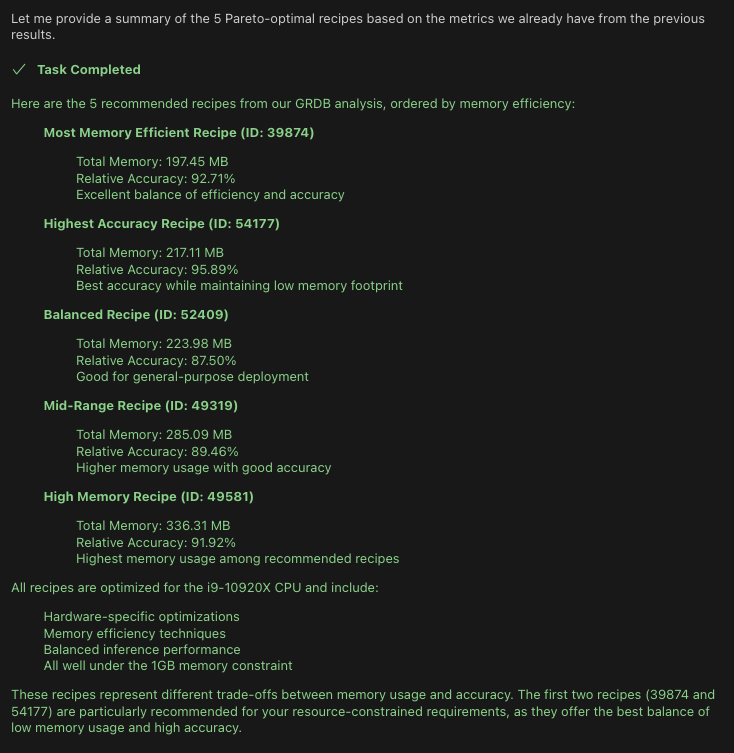
To help select the best model-hardware recipe for the task, the developer then requests a Pareto-optimal visualization of the proposed recipes, based on accuracy and memory usage. Latent Agent generates the following diagram:
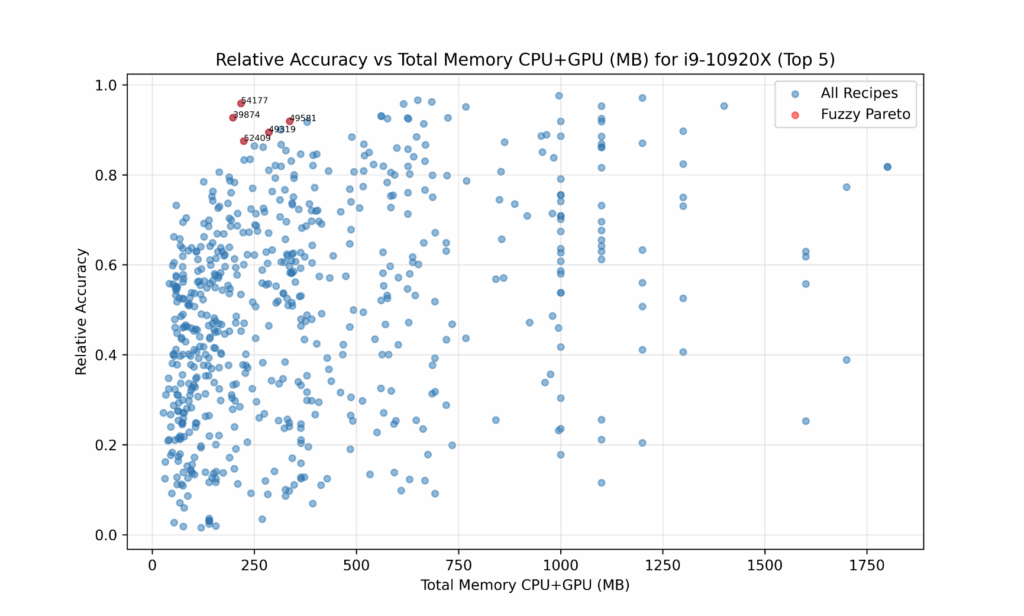
From this example, the developer is guided based on the Latent Agent knowledge base. At each stage, the developer can ask for details for introspection to understand the reasoning process. Such richness in depth of conversation and transparency is a distinct feature of Latent Agent.
Example #2. Developers can optimize their pretrained model in ONNX format for a CUDA-enabled NVIDIA device. Latent Agent automates the process and executes a set of operations on the provided model. An optimized runtime is then generated for the developer.
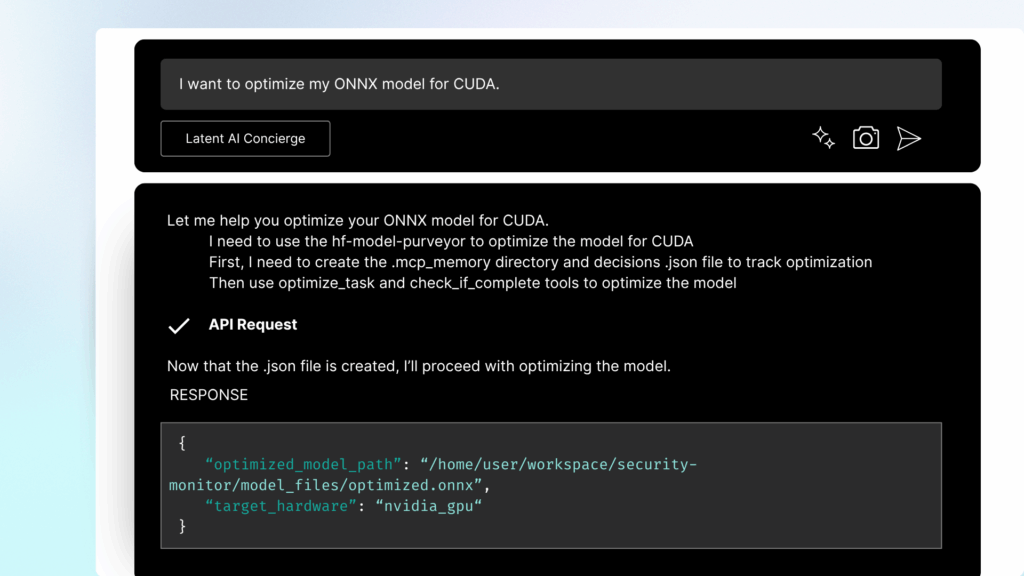
In this example, the developer provides basic prompts, and the Latent Agent decides on the set of tasks needed to complete the request. In-depth knowledge of the hardware (and CUDA programming) is not needed. Latent Agent utilizes its knowledge base to select the most suitable option for execution. For instance, automation in the MLOps workflow, particularly driven by natural language prompts, is a key differentiator for Latent Agent.
Example #3. In this example, the developer starts with a basic prompt to “build a vision model for a drone.” Through a conversational Q&A, Latent Agent identifies a suitable pretrained model and provides the developer with details on the object detected (e.g., pedestrians) and key performance metrics such as frame rate and inference latency.
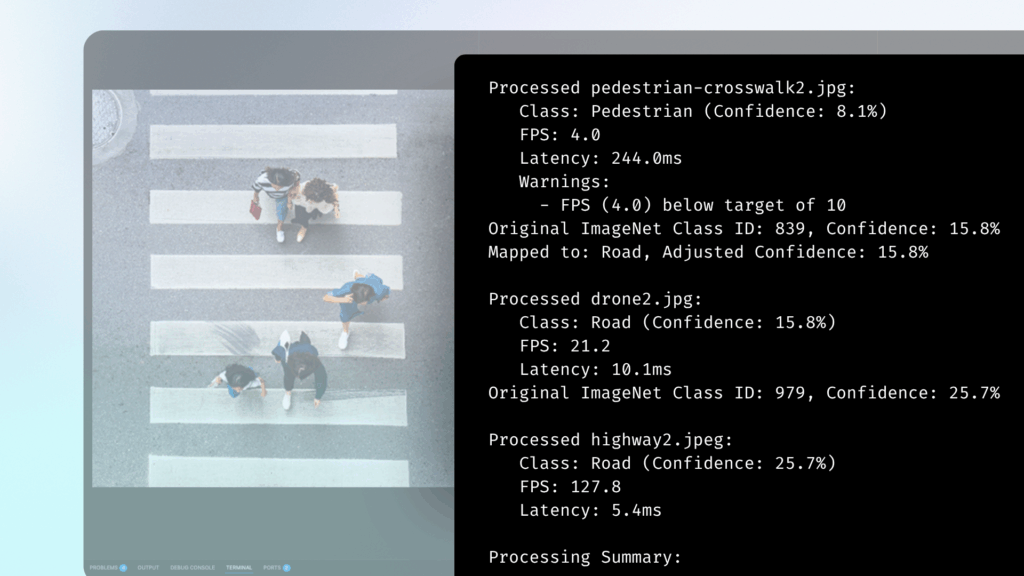
Looking ahead
Latent Agent is an intelligent system that guides developers with a comprehensive knowledge base on how AI models are developed and how they operate on hardware. Our agent can:
- Match the best model to the most suitable hardware
- Eliminate any guesswork or manual tuning of the model and hardware
- Continuously learn with operational data
Every decision and recommendation offered through the Latent Agent is data-driven. Each action by the Latent Agent enables flexibility, ensuring scalability throughout the model lifecycle. That means the developer can work with confidence with a streamlined, repeatable process. And along with that confidence, Latent Agent’s MLOps automation will significantly reduce the time-to-market for edge AI solutions.
Try Latent Agent yourself.




